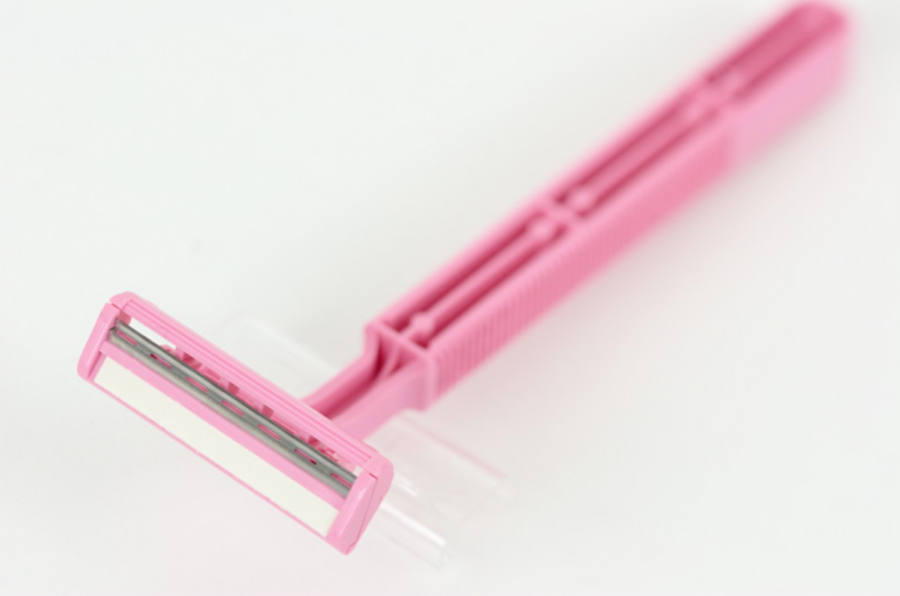Poyer: Let’s talk about the pink tax
February 14, 2021
Sexism still exists in 2021.
I am hoping this is not a shocking statement to read for most of you. Still, nonetheless, it is incredibly saddening to hear. Personally, it feels like sexism shouldn’t exist anymore because women should be seen as equal to men. I mean, women marched and got the right to vote and were awarded other equal rights like a century ago, so equality exists, right?
Wrong.
Dead wrong; sexism is still seen, yet invisible in many facets distributed throughout society. So we’re going to talk about them (and some other challenging topics related to women and gender studies) because they need to be addressed or nothing will change.
The form of sexism we will focus on this week happens during shopping experiences for a good amount of people in society. The pink tax is something many have probably not heard of because it is effortless to glance over. The pink tax is defined as a phenomenon in which we can see gender-based price discrimination. It can be found invading all shopping experiences, from something as simple as razors to something as crucial as bicycle helmets. Women’s products have an upcharge simply because they are marketed for women. This targeting is done through the color, fragrance, description and other small details. This price discrimination is a form of sexism and is draining women’s pockets at a rapid rate.
Even a few cents or dollars on an item adds up. The website Axthepinktax.com has a calculator (check it out!) in which you can input your birthday and calculate just how much the pink tax has cost you throughout your life. I played around with this for a while. I input my birthday and some of my friends’ birthdays, and the results were pretty insane.
Honestly, I expected results around several hundred dollars, but the results I got differed from that by a lot. According to this calculator, we have all spent upwards of $26,000 because of the pink tax. My oldest friend has spent $27,684 and the youngest $26,363, according to the calculator. We could have all paid for a year of college with that money and still had plenty of it left over. A year’s worth of college money has gone toward buying products needed for daily life, such as razors or even a calculator, but at a higher cost because of our gender.
Combating the pink tax has become a focus for many women. How can you contribute to working against this tax as a woman? Shop the men’s items: while that might mean you don’t get a pink razor or calculator you may not want anyway, it will save you a bit of money.
Shopping gender-neutral brands is also a great idea. Brands such as Soapwalla have come to exist, making gender-neutral items because, let’s face it: we all want skin care and self-care products. Strategic shopping is another way to help yourself avoid the pink tax. See if specific brands are upcharging products for women, even if they are the same ones marketed toward men.
Being a woman is a struggle for many reasons, many of which I hope to dissect with you this semester. Taking the initiative and axing the pink tax would do all women a whole lot of good.
So next time you are shopping, make a switch, save yourself some money and show these companies that women aren’t stereotypes.

















